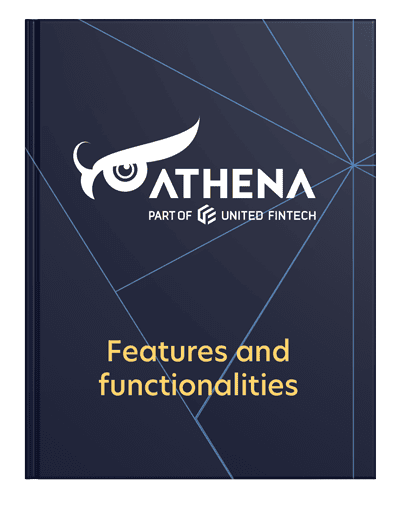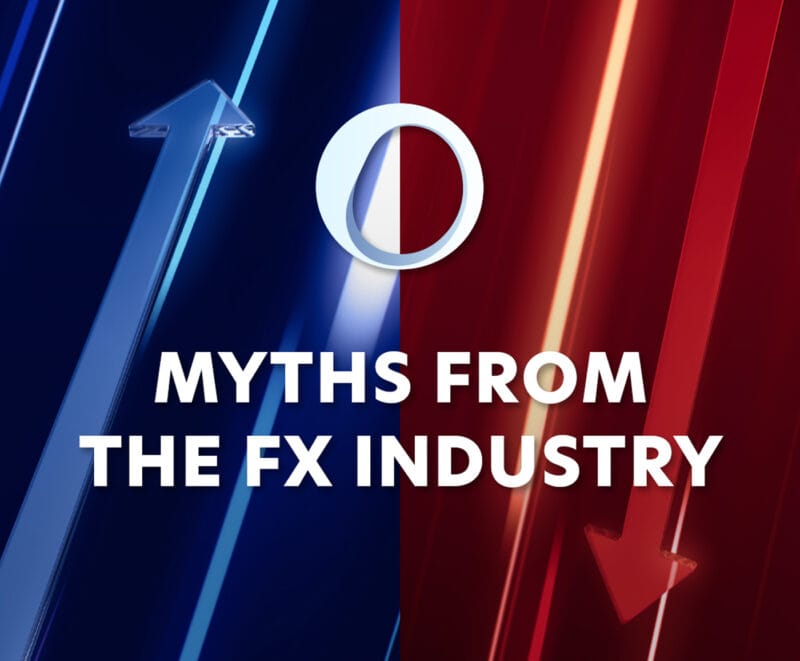This is part three of our series on the History of Fintech. Read part one and part two.
As fintechs continue to gain market share and develop new business models that threaten to erode the long-held dominance of legacy banks, the financial industry as a whole is grappling with the distinction between banking as a commodity and banking as a service.
And while it’s clear that fintechs offer many valuable and sought-after solutions for customers, it remains unclear just how big a threat they actually pose. These would-be disruptors, for all their VC funding and customer growth, have yet to really topple a bank.
Here, then, is the paradox of the financial ecosystem: the very limitations that have made banks vulnerable to disruption may also be their saving grace.
The inherent limitations of banks
Banks, with their size, resources, and reputation, have significant advantages over fintechs. But those same qualities can also limit their ability to innovate, evolve, and easily adapt to market conditions.
Many banks are limited by the capabilities of their technology, which in some cases dates back to the earliest days of digital computing in the 1950s and 60s. These legacy systems are absolutely critical for core business functionality, yet they lack the ability to integrate with newer technologies.
As these legacy systems become more out of date, banks are forced to choose between the relative security of re-investing in the resources required to maintain them and the risk of investing in an entirely new IT infrastructure.
On the hunt for new technology? Here are 50 questions to help you choose the right fintech partner. Learn more
But these legacy systems are not restrained to internal IT applications. The established infrastructure or “rails” that banks use to interact with each other also date back to an earlier era of banking: the NSCC for clearing (1976), ACH for payment (1972), SWIFT for messaging (1973). Widespread use of these rails is in place for good reason, helping to support standardization and interoperability.
Taken together with the banking industry’s other key limitation — regulatory compliance — it’s clear that banks are locked into a system too big and too established for any one player to influence greatly. For any one bank to change the system is neither feasible nor in the bank’s best interest.
The inherent limitations of fintechs
In many ways, the limitations of banks are inherited by fintechs. Newcomers are almost as tied to the underlying infrastructure as traditional banks are. Still, without any burden of responsibility for maintaining or operating directly with these systems, fintechs have greater flexibility to introduce new tech and test alternate solutions.
Fintechs effectively rent the infrastructure of the financial system, using it as a foundation upon which they can build better apps and offer premium customer service. But in the back-end, the payment is processed in the “old way,” with the support of a traditional bank, on the established rails of the industry.
This model, for all its flexibility, is inherently risky for fintechs. First, the costs of accessing and using these underlying rails will always be higher than for incumbents. Second, they lack any agency if the rails should be altered or their access cut off.
And while fintechs have largely been able to avoid the issue of regulatory compliance by not operating as banking entities, this also limits their ability to offer core services, and — perhaps most importantly — generate cheap capital.
Should banks view fintechs as a cause for rivalry or collaboration? Read why we think both can thrive in the world of finance if they join forces.
These fundamental limitations challenge the common narrative that fintechs are inherently disruptive. If they’re as dependent on the underlying infrastructure, legacy systems, and regulations as traditional banks are, how exactly are they expected to subvert the industry?
The threat is coming from inside the house
Ever since the first fintechs hit the market, there has been enormous speculation around the existential threat they pose to banks.
But the truth is — banks are doing fine. Since 2016, the market cap of the 100 leading global banks has grown or remained stable, except for drops due to the COVID-19 pandemic.
The day of reckoning has not only not arrived, it doesn’t seem imminent. Fintechs may be chipping away at certain profit areas of banks, but overwhelmingly customers are using these services on top of their core banking needs.
So if banks are feeling threatened — if they have, indeed, noticed a stagnation in growth or a growing sense of dissatisfaction among their customer base — the culprit can most likely be found in a mirror.
The reality is that the source of the banking industry’s core limitations is also the source of its opportunities. Banking provides a core service to our society, but that doesn’t mean it has to become a commodity.
Legacy technology and regulations may constrict certain choices, but they also grant enormous power. Power that fintechs, with their over-the-top solutions, can only emulate.
In our next article we’ll look at the core strategies banks employ for competing or cooperating with fintechs — and the underlying conflict of interest therein. Stay tuned.
About United Fintech
United Fintech offers the best fintech products on one central platform. We enable banks and financial institutions to access innovative digital technologies — including real-time data, trading charts, and financial news — by partnering with engineering-led fintech companies with proven capital markets products.
Learn more at https://unitedfintech.com/














